$30.00
6′-8′ tall and wide heirloom perennial/shrub attracts bees, butterflies and insect. It has been used by medicinally and spiritually from the times of the Aztecs and Mayans to the present.
Description
This 6′-8′ tall and wide graceful arching medicinal herb produces abundant flowers from September to Frost. The flowers attract Bees, Butterflies and Beneficial Insects. Birds love the seeds.
it has been used medicinally and ritually for centuries (by European and African Settlers) and by Mexican Indians since the time of the Mayans and Aztecs. Externally it was used for Headaches, Body Aches, Arthritis, Mites, Insects, Warts. Acne, Skin Infections, Colic, etc.. Internally, it was used fro Stomachache, Diarrhea, Bloody Dysentary, Chills, Intestinal Herbs, Etc. In 2013, scientists isolated 42 different medicinal compounds from the plant. 9 of them were novel to the species. It is also used spiritually. In Mexico it is placed under the pillows of sleeping babies to protect them from evil spirits. The branches are also used to sweep evil spirits from people. The “Martin” in its Spanish name refers to Saint Martin de Porres, the patron saint of mixed race people, barbers, innkeepers, public health workers, and all those seeking racial harmony. I am not not Catholic, but if I was I would like him to be my saint.
Plant in full sun to part shade in organic rich soil with average moisture. Deer tasted it once on my property but have it left it alone since. It is one of my favorite deer baffles. I plant among tastier plants so that the arching branches block deer from reaching them. Plant it in your garden to preserve this valuable piece of our history. It cold winters it acts like a perennial freezing down to the ground and coming back from new shoots in the Spring. In mild winters it is more like a shrub, it doesn’t freeze back at all. Spreads by seed. Plant at least two for better seed set.
I first found this species in an old Gullah cemetery in Jasper Co., SC in 2009. (I did not observe it in the natural areas surrounding the graveyard nor anywhere else on that property.) It was not documented north of South Florida at the time. It was not in the references that I use so I not familiar with it. I took a few pieces to propagate and grow out in the nursery so I could identify them later. I have been growing it in the nursery since then. It naturalizes in the cultivated and highly disturbed areas of the property. It has never once shown up in the natural areas just a few feet away. It is native to Tropical America and the Caribbean Islands. The first ancestors of the Gullah people were African and mixed African/ Caribbean Native Slaves brought up from Barbados in the 1600’s. They probably brought plants or seeds with them at that time to use for medicinal and/or spiritual reasons. Since it has probably been grown here (but overlooked by other botanists) for a very long time without becoming invasive. It probably never will. To this day, the only places that it is known to grow north of Florida, are that Gullah cemetery, my nursery and wherever, people have planted it.
Additional information
| Weight | N/A |
|---|---|
| Dimensions | N/A |
| Size | 3.5" Pot Dormant, 1 gallon |

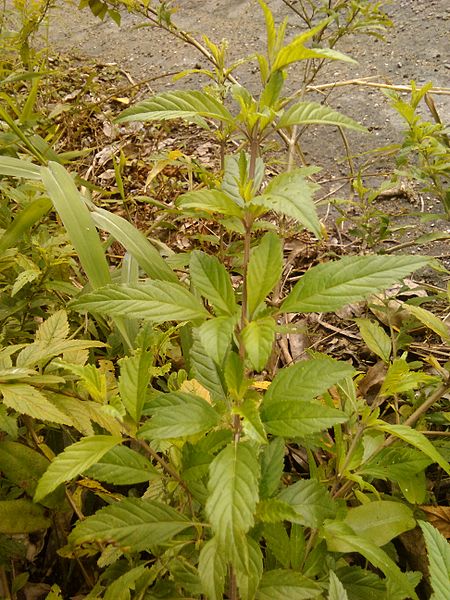
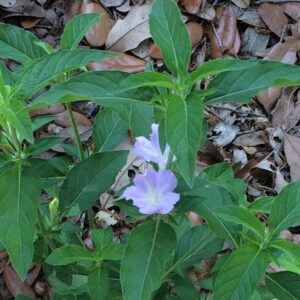
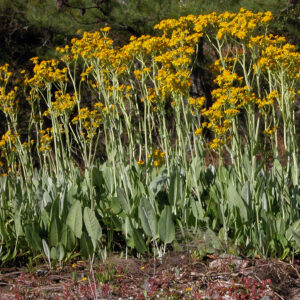
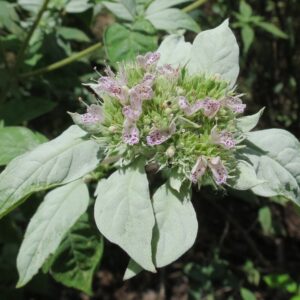
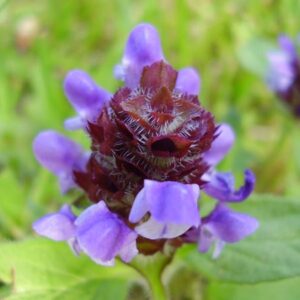
Reviews
There are no reviews yet.